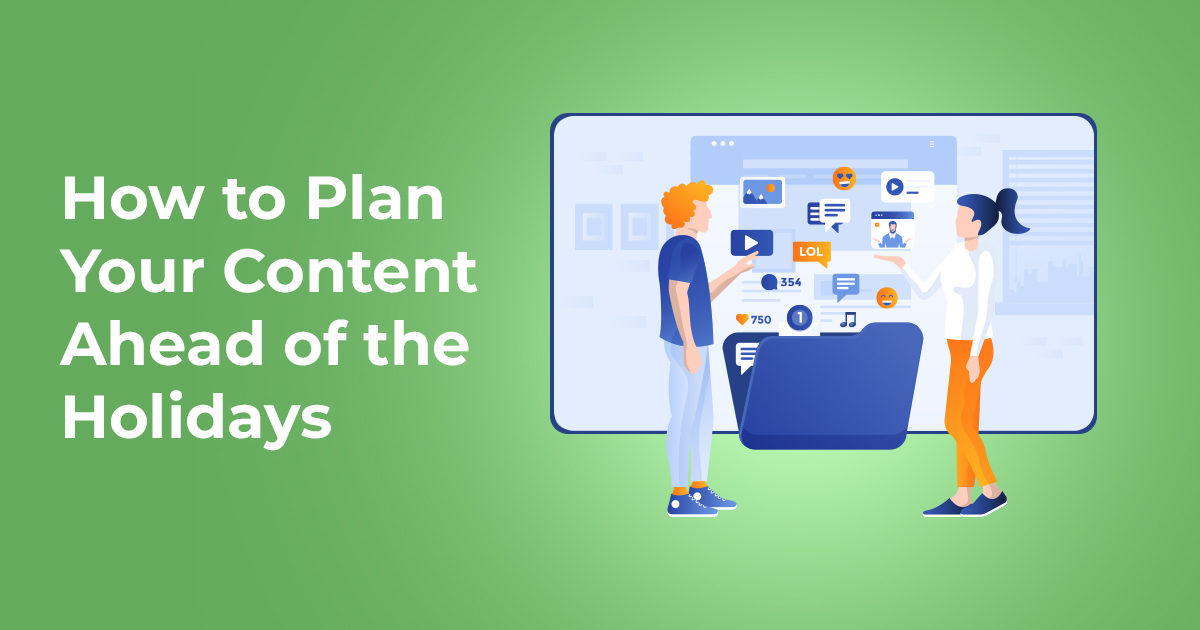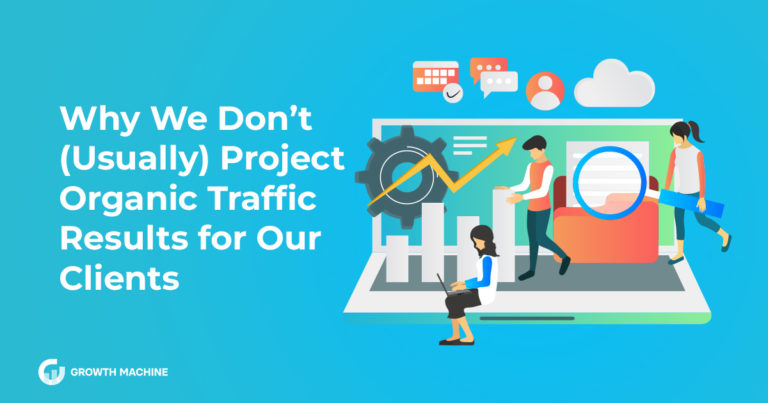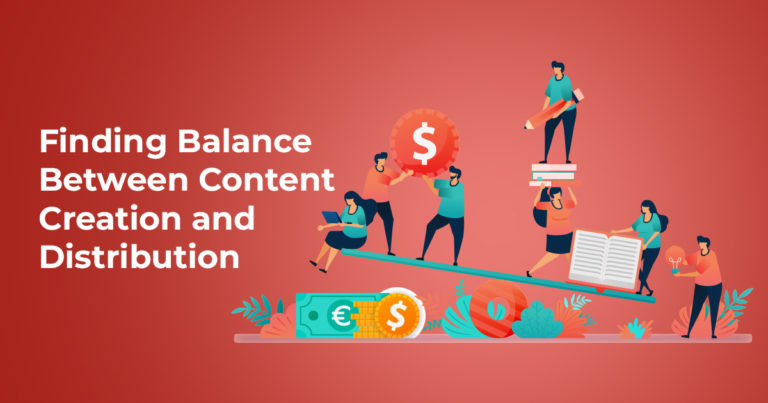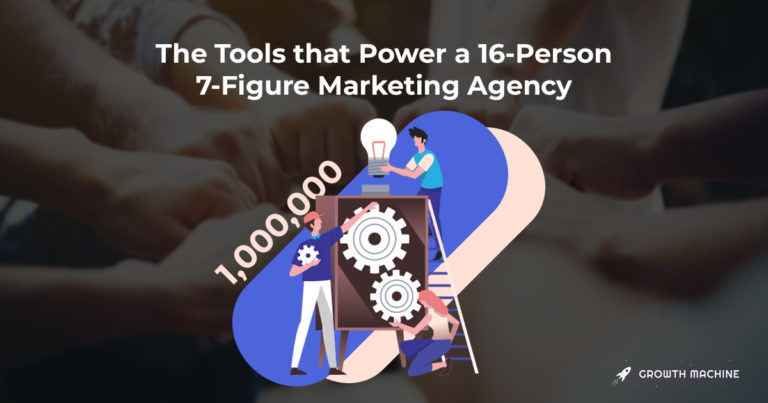How To Plan Your Content Ahead of the Holidays (While Preventing Team Burnout)
Creating a successful content plan means planning in advance, especially around the holidays.
The holiday season is demanding — for both companies and individuals. While consumers turn to the internet to browse, shop, and save for holiday gifts, companies must ramp up their marketing efforts to convert those leads into sales. Meanwhile, business owners must be mindful of their team’s bandwidth and mental health, granting employees time off to socialize, spend time with family, and rejuvenate for the New Year.
An increase in consumer demand and decrease in personnel can create a bottleneck effect this time of year, particularly in 2020. According to Google, 62% of U.S. shoppers will start holiday shopping earlier this year to avoid out-of-stock items during the COVID-19 pandemic. In addition, 69% of shoppers plan to complete their shopping entirely online, thereby increasing the importance of your blog content and social media marketing.
Translation: The perfect time to start planning holiday content was yesterday. The second-best time is right now.
But before you go into holiday scramble mode, keep reading. In a recent Growth Machine podcast episode, our Chief Operating Officer Nora Schlesinger walks you through how to create a holiday content plan — without burning out you, or your team.
Why You Need To Plan Content In Advance of the Holiday Season
As Nora describes, flying by the seat of your pants won’t cultivate an effective content strategy.
Hedging your time (read: balancing increased consumer demand with decreased personnel) may be the most obvious reason to create a holiday content plan, but it’s not the only reason. In fact, planning content in advance has measurable implications for your SEO and conversion rates.
To that effect, here are Nora’s top three reasons why you need to create a holiday content plan:
1. Fresh, Consistent Content Leads To Better Rankings
Moving up the ranks in Google isn’t about stuffing keywords into posts. It’s about putting out relevant, consistent, high-quality content (which we are more than happy to help you create).
Google favors websites that put out fresh content — particularly when you’re a new business. Planning holiday content in advance helps prevent gaps into your content schedule, thereby benefiting your SEO rankings.
2. Consistent Holiday Content Helps You Gain New Readers
Every business has a peak season within the calendar year (pro tip: Use Google Analytics metrics to determine precisely when your web traffic spikes). For most retailers, this comes around the holidays.
As Nora explains, you should gear up your content calendar when your customers are primed to buy. This could mean increasing your blog posting strategy from one to two times per week to three to four times between Black Friday and New Year’s. This allows you to explore new ways to connect with your most loyal readers, and capture new audience members searching for your product or service.
3. Planning Content in Advance Sets Up Your Business for the New Year
Writing 20 different blog posts in December, then allowing your blog to go dormant in January, is not an effective content strategy.
Creating a holiday content plan can protect you and your team from burnout. If you choose to ramp up content marketing and holiday social media promotion throughout December, you may need to hire contractors to carry the additional load. Or, you may need to create a backlog of content which you can schedule throughout the month.
Both tactics prevent the crash-and-burn effect that often coincides with a holiday content plan, and allows for a smooth transition into January.
How To Create a Holiday Content Plan To Maximize Your Revenue
Planning advanced holiday content helps improve Google rankings, grow your audience, and prevent team burnout. Now that you understand the value of creating a holiday content strategy, it’s time to develop a holiday marketing campaign.
1. Set Realistic Expectations Surrounding Bandwidth
Throughout the podcast episode, Nora reminds business owners to focus on consistency. Part of remaining consistent is to set realistic expectations.
If you run a small business, mapping out a marketing strategy encompassing 25 blog posts, four segmented email marketing campaigns, two new landing pages, and 30 social media posts isn’t realistic. Instead, set attainable goals with the people you have. (If you’re short staffed, repurposing content can help save time and resources).
2. Hire an Extra Set of Hands, If Needed
To preserve your team’s energy, you may need to bring in contract workers.
At Growth Machine, we close our office doors every year between Christmas and New Year’s Day. Since we have a stacked client roster, this means writing and scheduling dozens of blog posts in advance.
To tackle seasonal content, we bring in extra freelance writers, content marketers, and a freelance editor to help us through the holiday season. In many cases, these contractors are rehires from prior projects, so they seamlessly fit into the Growth Machine process.
3. Design a Project Management System and Stick To It
Content planning isn’t just about wordsmithing clever ecommerce ads and blog posts. It’s about developing a project plan that works.
As our COO, Nora designed the Growth Machine editorial process. [Author’s note, from a Growth Machine freelance writer: …And the rest of us will forever be grateful.]
Every piece of content published by Growth Machine involves collaboration between six different players: an SEO specialist, writer, editor, publisher, social media coordinator, and lastly, the client. With so many individuals playing distinct roles, project management is just as important as content creation.
To keep us organized, we use Asana to plan, track, and publish each piece of content. This seamless process is so effective that Nora duplicated it for her personal blog, where she employs a freelance team of writers and photographers.
4. Develop Messaging Aimed at Your Target Audience
Content marketing is the top of the sales funnel. It’s an introduction to your business — a place where consumers can conjure up gift ideas, find answers to seasonal questions, and gain holiday-themed inspiration.
To convert online shoppers this season, you need to put yourself in the minds of your target audience.
If you run a lifestyle blog, this could mean piecing together a gift guide on shopping local throughout the holidays. If you’re a social media influencer, you could sponsor a giveaway with your preferred camera, lens, or other photography equipment, so followers can get professional-worthy shots with their families. If you run a fitness program, you could share bodyweight or resistance-band-only workouts, so your audience can stay fit at home. Or, if you run a nonprofit, create a listicle of different ways to give back this holiday season.
5. Plan as Far Ahead as You’re Able
The more content you plan in advance, the better your chances of driving holiday sales.
At Growth Machine, we plan out client content calendars three months in advance. This allows ample time to plan, write, edit, select stock photos, publish, and develop social media content for promotion.
On Nora’s personal site, A Clean Bake, it’s a similar story. She plans her content a full month in advance, which gives her team enough time to publish, photograph, and publish across all social media platforms. Again, you’ll have to select a cadence that works for you, your business, and your team’s bandwidth.
A Holiday Content Plan Combines Content Marketing With Project Management
Before signing off, Nora left us with this message: Building an effective content marketing plan is a long game.
Striving for consistency over the holidays will pay higher dividends than burning yourself out before the New Year. For this reason, we believe an effective holiday content plan has two components: engaging, consumer-focused content, and solid project management.
At Growth Machine, we hire expert, niche writers to develop content for a wide-range of clients. But those writers are supported by a talented team of project managers, SEO specialists, editors, and Nora to ensure the job gets done.
And it gets done utilizing systems and processes to prevent burnout.
The Growth Machine system took years (and many trials and errors) to develop — and frankly, it may not work for your internal team. You need to assess your goals, tools and resources, and team member bandwidth so you can capitalize on seasonal opportunities when they present themselves.
If you’re ready to discuss how to develop a content strategy that converts — without draining internal resources — contact us.







